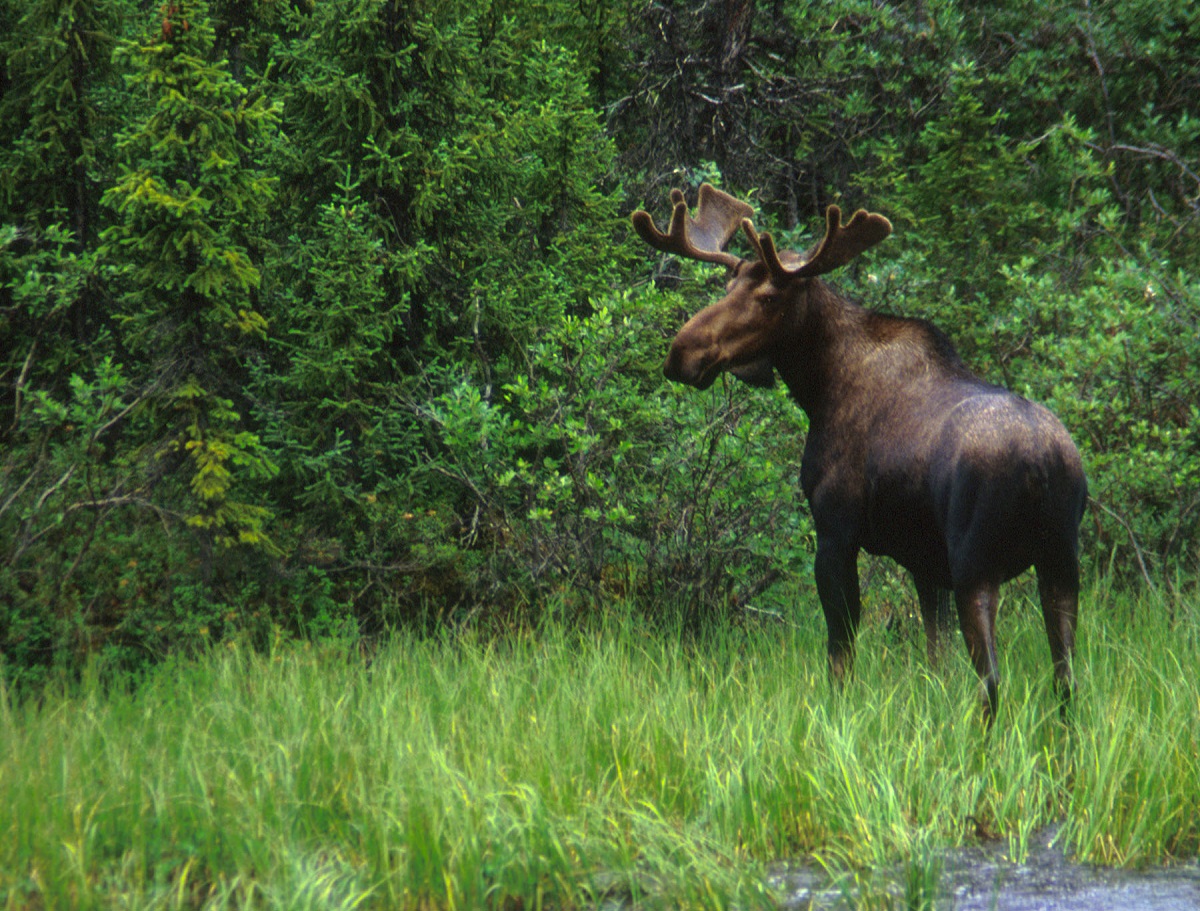
Name
- Common name: Moose
- Scientific name: Alces americanus
- Order: Artiodactyla
- Family: Cervidae
Also known as
Swamp Donkey
Viewing opportunities
- The Yukon has naturally low densities of Moose, making it relatively difficult to spot them from the highways. Road travellers occasionally see Moose crossing the highways or feeding on the edges of nearby ponds or meadows.
- You have a better chance of seeing Moose in their natural habitat by hiking or boating into the wilderness. Yukon rivers and lakes are a very popular place to find moose in the spring and summer, while in autumn when rutting occurs, moose wander widely and can be encountered almost anywhere.
Description
- Largest member of the deer family.
- Dark brown to black colouration. Males tend to be darker than females.
- Long legs, hump in between shoulders.
- Long, large nose and mule-like ears.
- Males have shovel-like antlers.
- Both sexes have a “bell” or beard hanging from the throat but it tends to be larger in males.
Fast facts
- Height: 1.87 m
- Weight: Males weigh around 505 kg and females weigh around 375 kg
- Lifespan: 8 to 10 years, although females tend to live longer.
- Predators: Wolves, bears
- Habitat: Boreal Forest, wetlands
Conservation Status
- Yukon: S5 (Secure)
- Global: G5 (Secure)
Yukon population estimate
70,000.
Behaviour
Solitary for most of the year, the autumn rutting season brings Moose together. Bull Moose cough, grunt, and rub their antlers on trees to attract females. Cows make a low moaning call to indicate their receptiveness. Bulls clash antlers and engage in a shoving match for dominance and mating rights. Cow Moose give birth in the spring to 1, 2, or rarely 3 calves. The calves will stay with the cow until just before the next calf is born.
Diet
Woody shrubs, leaves and aquatic plants.
Distribution
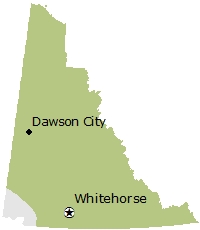
Sights and sounds
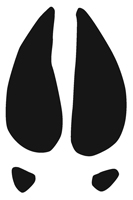
Moose track: 15 x 8.8 cm.
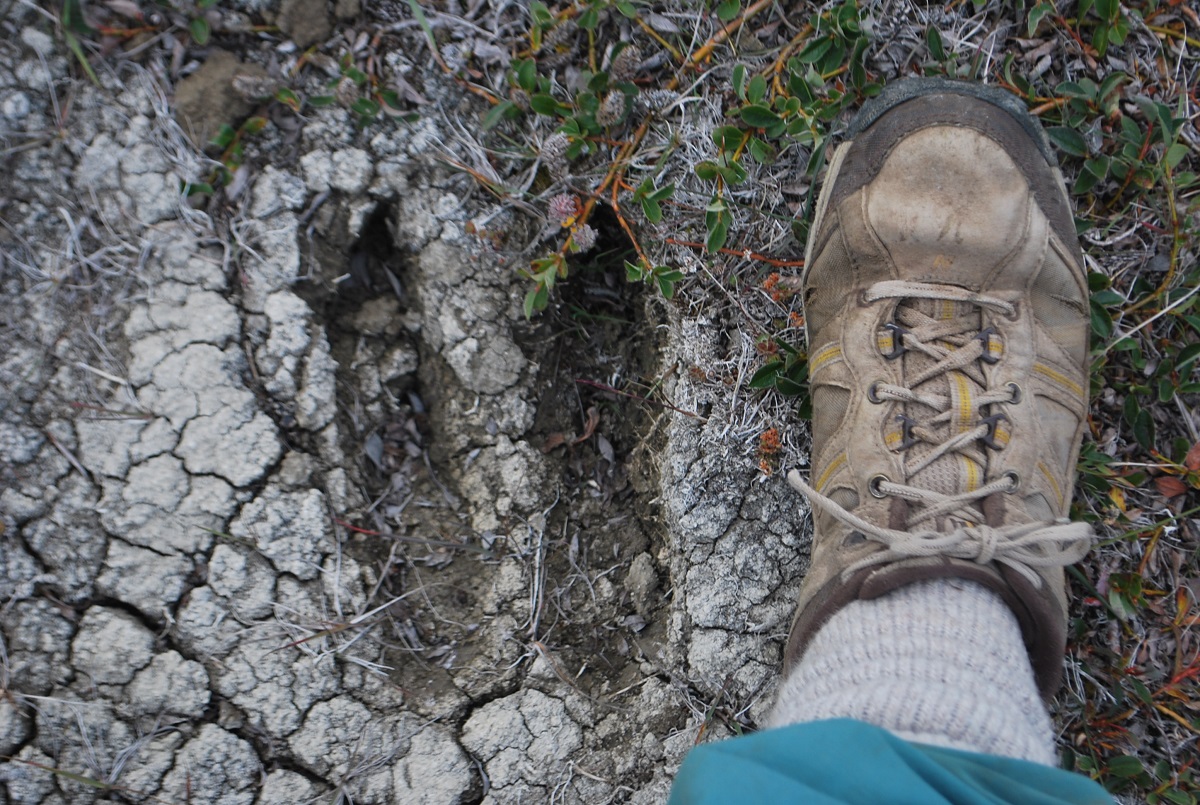
Tracks in the mud.
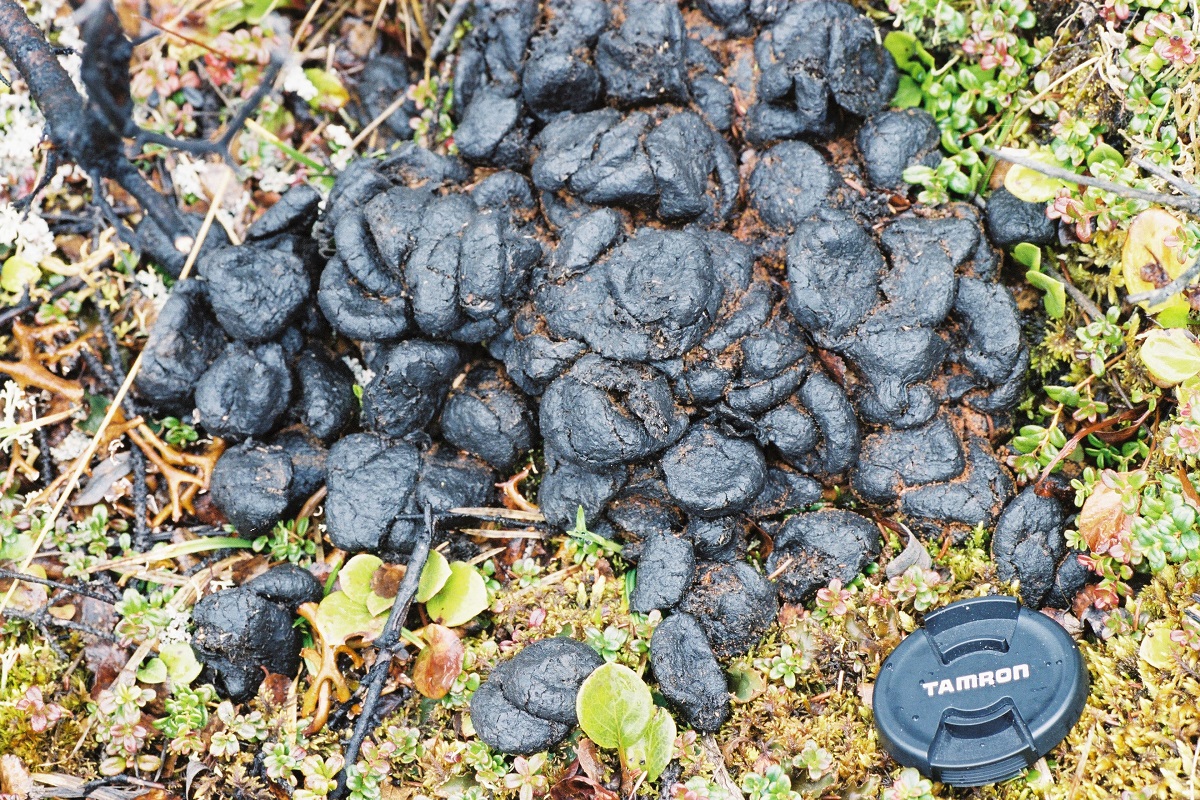
Moose pellets: 1.5 - 2 cm in diameter.
Moose and people
- Moose meat has helped support the lives of Yukon First Nations peoples for thousands of years and many First Nation people still depend on Moose for subsistence.
- Today Moose hunting is a popular activity for many Yukoners.
Moose management guidelines
Download the Science-based guidelines for management of moose in Yukon.
Reports
- Statistically-derived Early Winter Moose Habitat Selection in the South Canol Region, Yukon (2017)
- Local Knowledge Based Moose Habitat Suitability Assessment for the South Canol Region, Yukon (2017)
- Summer Habitat Selection by Moose on the Old Crow Flats (2017)
- Mayo Community Moose Monitoring Project, 2001-2013 Review (2014)
- Late Winter Habitat Selection by Moose in the Dawson Land Use Planning Region (2013)
Moose surveys:
- Whitehorse South, early winter 2021 (2023)
- Cassiar Moose Management Unit, early winter 2020 (2023)
- Lower Macmillan Moose Management Unit, early winter 2020 (2023)
- Lake Laberge Moose Management Unit, late winter 2019 (2023)
- Beaver River Watershed, early winter 2019 (2022)
- Kluane River, Duke River and Koidern Moose Management Units, early winter 2014 (2020)
- Upper Klondike Highway, Early-Winter 2017 (2023)
- Liard Basin Moose Management Unit, early-winter 2016 (2019)
- Mayo Moose Management Unit, Late-Winter 2014 (2016)
- Upper Hyland Late-Winter Intensive Stratification 2013 (2016)
- South Canol Early-Winter 2013 (2016)
- Teslin Burn Area, Early-Winter 2013 (2014)
- Rackla Area, Late-Winter 2013 (2013)
- North Canol Early-Winter 2012 (2016)
- Lower Stewart River West - White Gold Area, Early-Winter 2012 (2013)
- Lower Stewart River - White Gold Area, Late-Winter 2012 (2013)
- Faro, Early Winter 2011 (2012)
- M'Clintock Area, Early-Winter 2011 (2012)
- Mayo Moose Management Unit, Early-Winter 2011 (2012)
- Tatchun Moose Management Unit, Late Winter 2011 (2011)
- Whitehorse North, Late-Winter 2011 (2011)
- M'Clintock Area, Late-Winter Intensive Stratification 2010 (2011)
- Whitehorse South, Early-Winter 2010 (2014)
- Nisutlin South, Early-Winter 2010 (2012)
- Upper Klondike Highway, Late-Winter 2010 (2012)
- Alsek Early-Winter 2008 (2009)
- Dawson, Early Winter 2008 (2012)
- Little Salmon and Magundy Rivers, Late-Winter 2007 (2013)
- Yukon and Tatchun Rivers, Late-Winter 2007 (2013)
- Lower Stewart River Moose Management Unit, Early Winter 2001 (2013)